Flue-Gas Desulphurisation (FGD) Plants: Materials and Corrosion Resistance

Flue-gas desulphurisation (FDG) is a set of technologies, often referred to as ‘scrubbers’, which are used to remove the sulphur dioxide (SO2) from the exhaust gases of industrial combustion processes, such as fossil-fuel power plants, waste incineration, petroleum refineries, maritime transport, cement and lime kilns to name a few.
Why is Flue-Gas Desulphurisation Important?
Fossil fuels such as coal and gas often contain high amounts of sulphur. When these fuels are burned around 95% or more of the sulphur is converted into sulphur dioxide which is then emitted as flue gas.
SO2 emissions must be neutralised before dispersal to meet the required environmental regulations. To achieve this an alkaline-based sorbent is used to bring the pH level of the sulphur dioxide, which is an acidic gas, closer to neutral.
Here’s a closer look at the significance and benefits of FGD technology:
1. Critical for Environmental Protection: SO2 emissions contribute to acid rain, which harms forests, aquatic ecosystems and buildings. FGD technology helps prevent these outcomes by removing SO2 from industrial exhaust gases.
2. Supports Public Health: The reduction of SO2 emissions is vital for minimising air quality-related health issues. SO2 can lead to respiratory problems and heart diseases by contributing to the formation of fine particulate matter that affects lung and heart function.
3. Compliance with Environmental Regulations: Implementing FGD systems allows industries to meet stringent environmental regulations, ensuring that emissions do not exceed legal thresholds.
Technological Evolution:
-
Wet Scrubbers: Traditionally, wet scrubbers have been used for their high efficiency, achieving more than 90% SO2 removal. They utilise an alkaline-based sorbent, such as limestone or lime, to neutralise the acidic gas.
-
Dry Scrubbers: Recent advancements have led to the development of dry scrubbers that offer comparable efficiency. These systems are particularly valuable in regions with limited water resources.
-
Contribution to the Circular Economy: The by-products of FGD processes, like gypsum, can be used in the construction industry, demonstrating an effective use of resources and reducing waste.
-
Global Shift Towards Sustainability: The continuous improvement of FGD technology reflects a broader commitment to cleaner energy and sustainable industrial practices.
Historically, the most efficient ‘scrubbers’ used a wet process, with greater than 90% removal efficiency, the latest designs of dry scrubbers are now also achieving efficiencies in the order of 90%.
FGD technology is indispensable to combat air pollution and protect the environment. As industries worldwide strive for sustainability, the role of a flue-gas desulphurisation plant in achieving environmental goals becomes increasingly crucial.
How Flue-Gas Desulphurisation Works
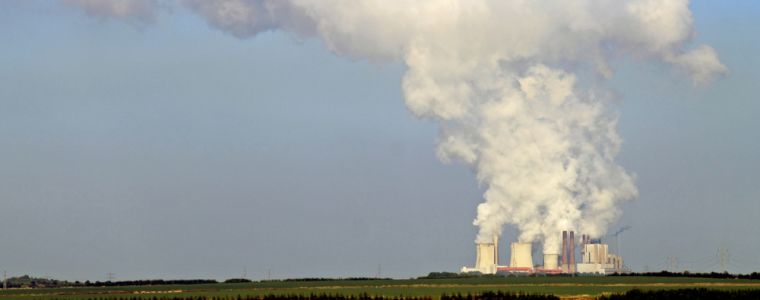
The FGD process is a cornerstone of modern industrial operations, designed to reduce SO2 emissions and mitigate their impact on the environment.
The FGD process begins when flue gas, containing SO2, is directed through a scrubber system. Here’s a closer look at the steps involved:
Contact Between Flue-Gas and Reagent: Within the scrubber, the flue gas is brought into contact with a reagent slurry (a mixture of water and a neutralising agent) through the use of spray nozzles and agitators. This design ensures a high surface area for the gas-reagent interaction, optimising the absorption of SO2.
Absorption and Neutralisation: The water in the slurry absorbs the SO2 gas, while the alkaline nature of the slurry neutralises the acidity. The primary chemical reactions involve the reagent reacting with SO2 to form harmless compounds.
Flue-Gas Desulphurisation: Chemical Reactions
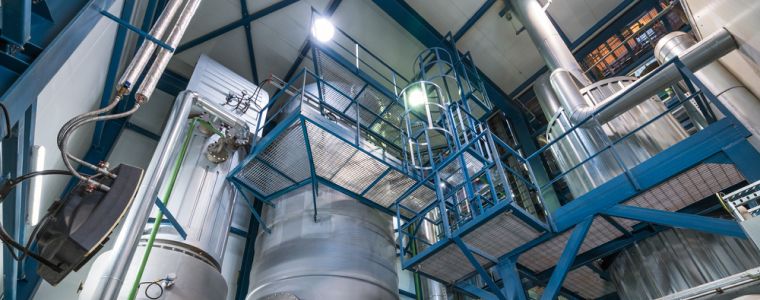
Reagents are substances or compounds that are added to a system to bring about a chemical reaction or to see if a reaction occurs. The most widely adopted reagents used in flue-gas desulphurisation systems are lime (calcium oxide) and limestone (CaCO3) mixed with water.
The process of neutralising SO2 involves several key reactions, particularly when lime or limestone is used as the reagent:
Limestone-based FGD: The limestone (CaCO3) reacts with SO2 in the presence of water to form calcium sulphite (CaSO3) and carbon dioxide (CO2).
Lime-based FGD: When lime (CaO) is used, it reacts directly with SO2 to form calcium sulphite.
The main reason for the utilisation of limestone is that it is plentiful, cheap and easy to access; these factors do, however, depend upon geographical location.
In many FGD systems, an oxidation step is included to convert calcium sulphite to calcium sulphate (gypsum), a more stable and useful by-product.
Flue-Gas Desulphurisation System: Role of Reagents
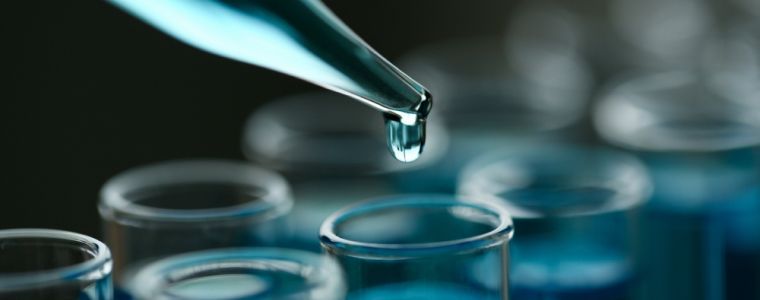
Lime and limestone are the most common reagents used in FGD processes due to their effectiveness, availability, and cost-efficiency. Here’s why:
- Effectiveness: Both lime and limestone are highly effective at neutralising the acidic SO2, converting it into harmless compounds.
- Availability and Cost: Limestone, in particular, is widely available, cheap, and easy to access, making it a preferred choice for many operations. The choice of reagent can depend on geographical location and the specific requirements of the FGD system.
Other reagents, such as seawater and ammonia, are also used based on specific operational or environmental considerations. Seawater, for example, naturally contains alkaline substances that can neutralise SO2 without the need for additional reagents.
Flue-Gas Desulphurisation System: By-Products and Their Utilisation
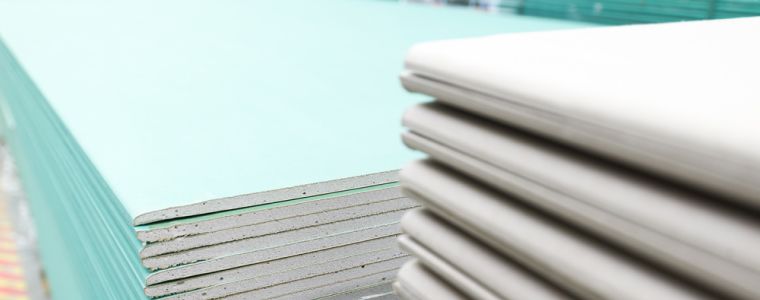
The by-products of the FGD process, primarily calcium sulphite and calcium sulphate (gypsum), have significant commercial value. Gypsum, in particular, is widely used in the construction industry for making plasterboard and in agriculture as a soil conditioner.
The economic and environmental benefits of converting SO2 into such valuable by-products cannot be overstated. It not only helps in reducing the operating costs of the FGD plant but also contributes to a circular economy by turning waste into resources.
The FGD process exemplifies a successful application of chemical engineering principles to address environmental challenges. By understanding and optimising these chemical reactions and the role of different reagents, industries can effectively reduce SO2 emissions, contributing to a cleaner, more sustainable environment.
Flue-Gas Desulphurisation: Corrosion Factors
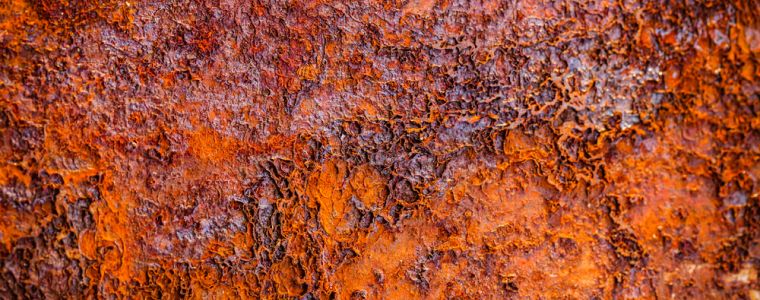
All materials used in a flue-gas desulphurisation system need to be highly resistant to corrosion.
Considerable progress has been made in the development and operation of various FGD systems. A better understanding of the process chemistry involved and of the limitations of materials of construction and equipment design has provided improved operational performance.
Tests under controlled conditions have helped to define the pH/chloride limits for various nickel alloy materials of construction. This information can be used to indicate conditions where stainless steel and more corrosion-resistant nickel alloys are required.
Temperature
Generally, increasing temperature accelerates the corrosion rate or extent of sensitivity of an alloy to get attacked. To achieve higher temperature service in FGD systems or to consider the feasibility of temperature excursions in service, high nickel alloys perform well in vigorous conditions.
Pitting
The selection of appropriate alloys to satisfy conditions encountered in FGD equipment can be facilitated using the Pitting Resistance Equivalent Number, (PREN) which can be used to compare materials, based on the formula:
PREN = %Cr + 3.3x%Mo + 16x%N
When tungsten is present, the following formula may be used:
PRENw = %Cr + 3.3x%Mo + 1.65x%W + 16x%N
The higher the PREN number, the more resistant the alloy is to pitting attack.
Stress-Corrosion Cracking
Stress-corrosion cracking of the austenitic stainless steels is not a problem at the normal operating temperatures of scrubbers, 50 – 65°C, but may become a problem at temperatures of 150 – 175°C and higher.
It is important to recognise that even when pH and chlorides of the bulk solution are very well controlled, there is always the possibility of concentration of chlorides under deposits or on heat-transfer surfaces that can lead to the conditions required for stress-corrosion cracking.
Crevice Corrosion
The acid/chloride environment within an FGD scrubber can be extremely aggressive. The effects of sulfuric acid attack over a wide pH range in the presence of chlorides and fluorides derived from the fuel and accumulated in the scrubbing medium must be considered. This environment tends to initiate crevice corrosion when scaling and sludges are present.
Enhancing Flue-Gas Desulphurisation Systems with Nickel-Containing Materials
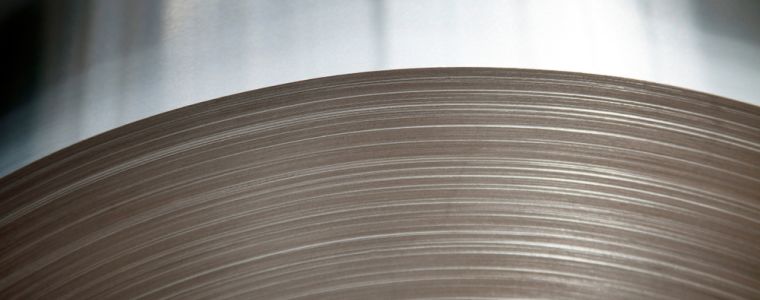
Flue-gas desulphurisation (FGD) systems are essential in reducing harmful emissions from industrial processes. The choice of material for constructing a flue-gas desulphurisation system is crucial for their efficiency, durability and overall performance.
Nickel-containing materials, renowned for their superior properties, stand out as an optimal choice for these applications.
Exceptional Corrosion Resistance
Nickel-chromium alloys, enriched with molybdenum and other alloying elements, are at the forefront of combating the harsh environments encountered in flue-gas desulphurisation systems. These materials develop a stable passive film that acts as a barrier, protecting the alloy from corrosion. This inherent quality ensures that FGD systems remain operational for longer periods, even in the most severe conditions.
Elevated Temperature Strength
The structural integrity of FGD scrubbers is paramount, especially under unexpected temperature surges. Nickel-containing materials are designed to withstand elevated temperatures, maintaining their strength and eliminating the need for backup cooling systems. This attribute significantly reduces the risk of operational failures and extends the lifespan of flue-gas desulphurisation systems.
Erosion and Corrosion Resilience
In wet flue-gas desulphurisation systems, where erosion and corrosion often occur simultaneously, nickel-containing materials offer adequate resistance to moderately abrasive slurries. This dual resistance ensures that the systems can handle the physical and chemical wear without compromising performance.
Mechanical Advantages and Fabrication Ease
The mechanical properties of nickel-containing materials allow for innovative design and construction of scrubbers. These materials can be utilised in thin-gauge forms with external reinforcement, optimising both the durability and the cost-effectiveness of the construction. Additionally, their excellent fabrication characteristics mean they can be easily cut, formed and joined, similar to carbon steel, but with precautions to maintain corrosion resistance. This versatility also lowers installation costs, particularly when prefabrication is an option.
Dedicated Nickel Alloys for Flue-Gas Desulphurisation Systems
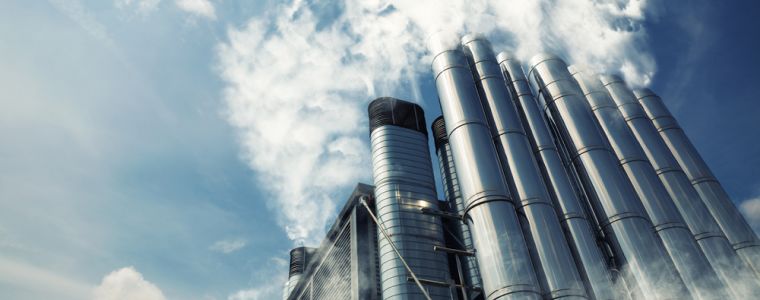
- Alloy C276 offers immunity to chloride-induced stress corrosion cracking, with high molybdenum and chromium content that provides exceptional performance in various acid media and resistance to pitting and crevice corrosion.
- Alloy 22 contains more chromium than C276, making it suitable for more oxidising environments with high chloride levels. Its use is growing in FGD systems due to its superior oxidation resistance.
- AL-6XN®, UNS S32760, and Duplex Stainless Steels (UNS S32205, UNS S31803/2205) are also preferred for their corrosion resistance and strength in FGD applications, with AL-6XN® boasting over 20 years of successful use without reported problems.
- Incoloy® 725 and Titanium Grade 2 (CP3) are other materials chosen for their outstanding corrosion resistance and high strength, suitable for a wide range of applications within FGD systems.
The use of nickel-containing materials in FGD systems represents a significant advancement in combating industrial emissions. Their unparalleled corrosion resistance, temperature stability, and mechanical strength make them ideal for ensuring the longevity and efficiency of FGD systems. With these materials, industries can achieve higher environmental compliance, reduce maintenance costs and promote sustainability in operations.
Fabrication and Cost Savings in Flue-gas Desulphurisation Systems
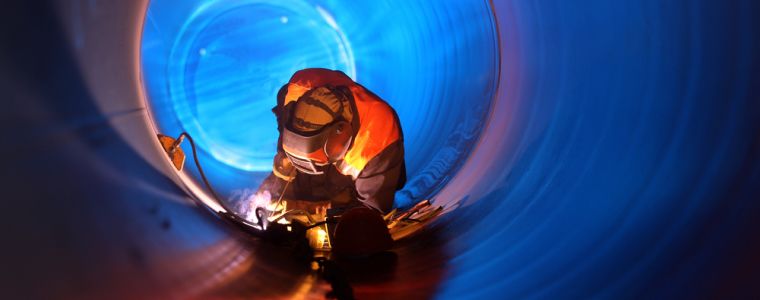
The use of nickel-containing materials in industrial applications, especially in flue-gas desulphurisation systems, offers significant advantages in terms of fabrication, installation and overall cost savings. These materials not only exhibit superior corrosion and erosion resistance but also boast excellent fabrication characteristics that make them highly desirable for complex environmental and industrial processes.
Efficient Fabrication and Installation
Nickel-containing materials are renowned for their versatility in fabrication processes. They can be efficiently cut, formed and joined, making them comparable to traditional carbon steel in terms of ease of handling and manufacturing. However, they surpass carbon steel and many other materials when it comes to durability and resistance to harsh conditions.
Here are some key points highlighting their fabrication benefits:
-
Ease of Cutting and Forming: Despite their toughness and durability, nickel-containing alloys can be easily cut and formed into desired shapes and sizes. This flexibility allows for the precise construction of components necessary for FGD systems, such as ducts, scrubbers, and pipes, ensuring a perfect fit for specific applications.
-
Weldability: Joining nickel-containing materials is straightforward, with welding processes similar to those used for carbon steels. Specialised welding techniques are not necessary, which simplifies the assembly of complex structures and systems. Proper welding procedures ensure that the inherent corrosion resistance of the material is not compromised, maintaining the long-term integrity of the installation.
-
Compatibility with Existing Systems: Nickel-containing materials can be integrated into existing structures without the need for complete system overhauls. This compatibility is crucial for retrofitting older plants with state-of-the-art emission control technologies, allowing for upgrades with minimal downtime.
-
Cost Savings The initial cost of nickel-containing materials may be higher than some alternatives, but the long-term savings they offer can be substantial. Here are the areas where these materials contribute to overall cost efficiency:
-
Reduced Maintenance and Downtime: The durability and resistance of nickel-containing materials to corrosion and erosion significantly decrease the need for frequent maintenance and replacements. This reliability translates into less operational downtime, ensuring continuous production and efficiency.
-
Longer Service Life: Components made from nickel-containing materials tend to have a longer service life compared to those fabricated from less resistant materials. The extended lifespan of these components reduces the need for periodic overhauls and replacements, offering substantial cost savings over the life of the FGD system.
-
Fabrication Efficiency: The ease of fabrication and installation of nickel-containing materials can lead to lower labour costs and shorter project timelines. Additionally, the ability to use thinner-gauge materials without compromising strength or durability can reduce material costs.
-
Resale Value of By-Products: The efficiency of FGD systems made with nickel-containing materials often results in cleaner and more marketable by-products, such as gypsum. The sale of these by-products can offset the operating costs of the FGD system, contributing to overall economic efficiency.
Nickel-containing materials offer a compelling combination of durability, ease of fabrication, and cost efficiency that makes them an ideal choice for FGD systems and other demanding industrial applications.
Their superior performance characteristics not only ensure the longevity and reliability of installations but also contribute to significant cost savings through reduced maintenance, longer service life, and operational efficiencies. By choosing nickel-containing materials, industries can invest in a sustainable future with confidence in the resilience and economic benefits of their infrastructure. Reach out to NeoNickel for guidance in selecting the NeoNickel alloy tailored to your application.
————————————————————————————————————————————–
AL-6XN® is the registered trademark of Allegheny Ludlum Corporation.
Incoloy® is the registered trademark of Special Metals Corporation
